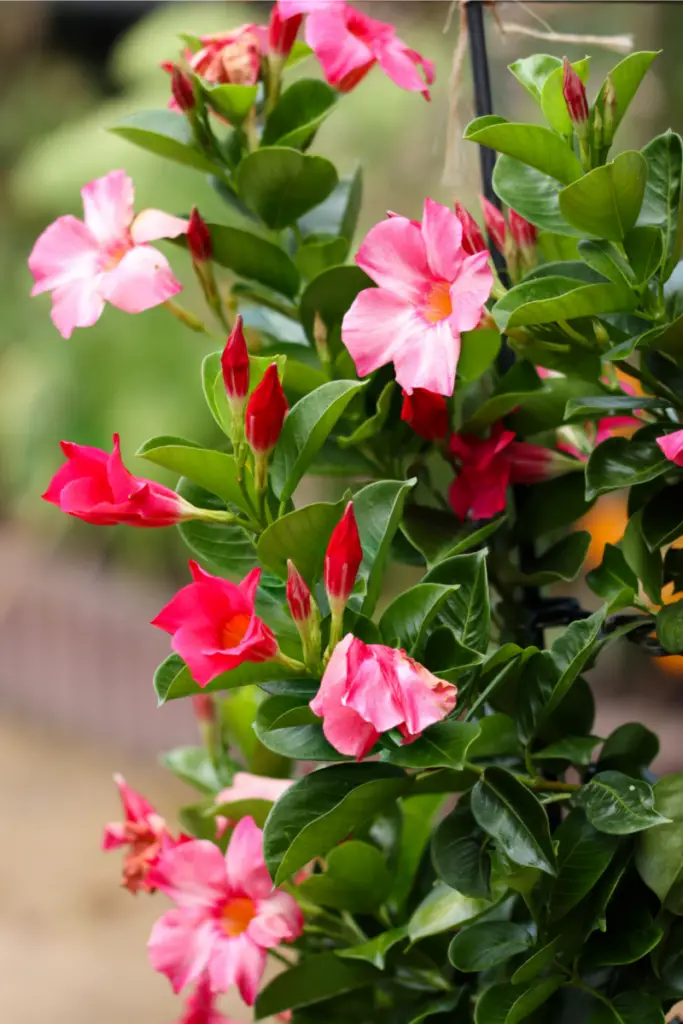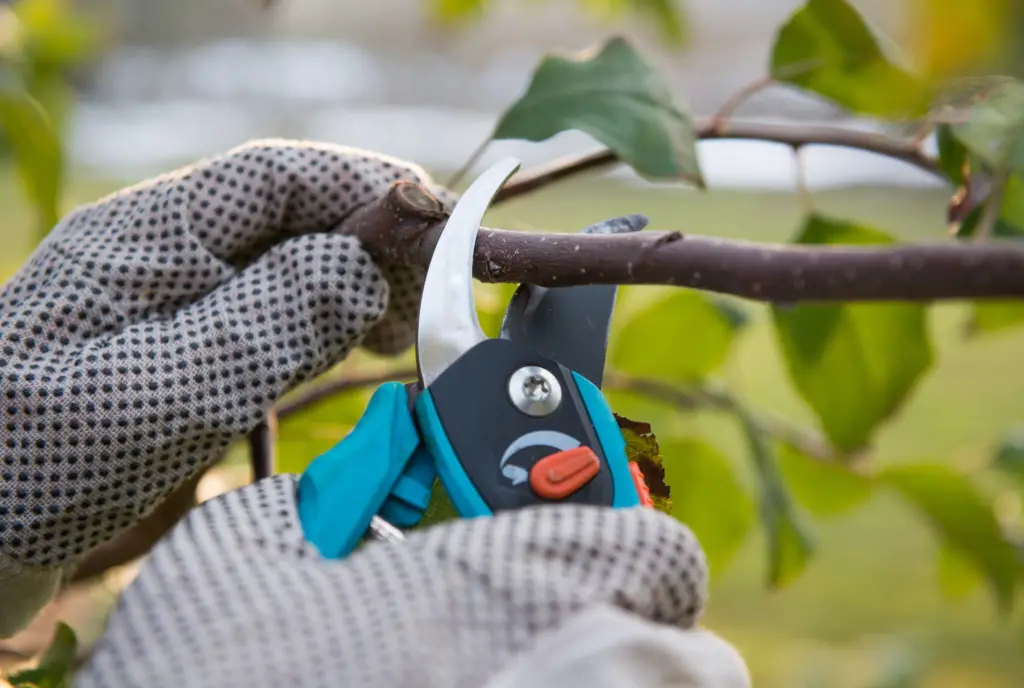Mandevilla sanderi is a species of flowering plant that is native to Brazil. It is commonly known as the Brazilian jasmine or rocktrumpet, and it is a popular plant for growing as a houseplant. This plant is prized for its beautiful, showy flowers and its ease of care, making it a great choice for both experienced and novice gardeners.
Mandevilla sanderi is a member of the Apocynaceae family, which includes plants like oleander and frangipani. It is a perennial vine that can grow up to 10 feet (3 metres) in length if left unpruned. The leaves of this plant are glossy and deep green, and they grow to be about 4-5 inches (10-12 centimetres) long. The flowers are the real star of the show, however. They are large and trumpet-shaped, and they come in a range of colours including white, pink, red, and yellow. Mandevilla sanderi is a fast-growing plant that can produce blooms year-round if given the right care.
Table of Contents
Caring for Mandevilla sanderi as a Houseplant
Mandevilla sanderi is a relatively easy plant to care for, but there are a few things you should keep in mind if you want it to thrive as a houseplant. Here are some tips to help you care for your Brazilian jasmine:
- Light
Mandevilla sanderi loves bright, indirect sunlight. It should be placed near a sunny window that gets at least 4-6 hours of indirect sunlight per day. If you don’t have a window that provides enough light, you can supplement with artificial lighting. A grow light can help your plant get the light it needs to produce plenty of flowers.
- Water
Mandevilla sanderi likes to be kept moist, but not wet. Water your plant when the soil feels dry to the touch. Make sure to use room temperature water, and water deeply enough to saturate the soil. Don’t let the plant sit in standing water, as this can lead to root rot.
- Humidity
Mandevilla sanderi loves humidity, so it’s a good idea to mist the leaves regularly. You can also place a tray of water near the plant to help increase humidity levels. This is especially important if you live in a dry climate.
- Temperature
Mandevilla sanderi is a tropical plant that prefers warm temperatures. It should be kept in a room where the temperature stays between 60-80°F (15-26°C). If the temperature drops below 50°F (10°C), the plant may start to drop its leaves.
- Fertiliser
Mandevilla sanderi is a heavy feeder, and it benefits from regular fertilization. Use a balanced, water-soluble fertiliser every two weeks during the growing season (spring and summer). Reduce fertilisation during the winter months when the plant is dormant.
- Pruning
Mandevilla sanderi can become quite large if left unpruned, so it’s a good idea to prune it regularly to keep it under control. Pruning also encourages bushier growth and more flowers. You can prune the plant at any time of year, but the best time to prune is in early spring before new growth begins. Use clean, sharp shears to make clean cuts.
Pests and Diseases
Mandevilla sanderi is a relatively healthy plant, but like any other houseplant, it can be susceptible to pests and diseases. Here are some common pests and diseases that can affect Mandevilla sanderi and how to treat them:
- Spider mites
Spider mites are tiny pests that can infest Mandevilla sanderi. They are usually found on the undersides of leaves and can cause discoloration and webbing. To get rid of spider mites, spray the plant with a strong stream of water to knock them off, then treat the plant with an insecticidal soap or neem oil.
- Mealybugs
Mealybugs are another common pest that can infest Mandevilla sanderi. They are small, white insects that leave a sticky residue on the plant. To get rid of mealybugs, use a cotton swab dipped in rubbing alcohol to remove them, then treat the plant with an insecticidal soap.
- Scale insects
Scale insects are small, round insects that attach themselves to the stems and leaves of Mandevilla sanderi. They can cause yellowing and wilting of the plant. To get rid of scale insects, use a cotton swab dipped in rubbing alcohol to remove them, then treat the plant with an insecticidal soap.
- Root rot
Root rot is a common problem in Mandevilla sanderi caused by overwatering. It can cause the plant to wilt and the leaves to turn yellow. To prevent root rot, make sure to water the plant only when the top inch of soil is dry to the touch. If you suspect root rot, remove the plant from its pot and inspect the roots. Cut off any brown or mushy roots, then repot the plant in fresh soil.
- Powdery mildew
Powdery mildew is a fungal disease that can affect Mandevilla sanderi. It appears as a white, powdery substance on the leaves of the plant. To treat powdery mildew, remove any infected leaves and treat the plant with a fungicide.
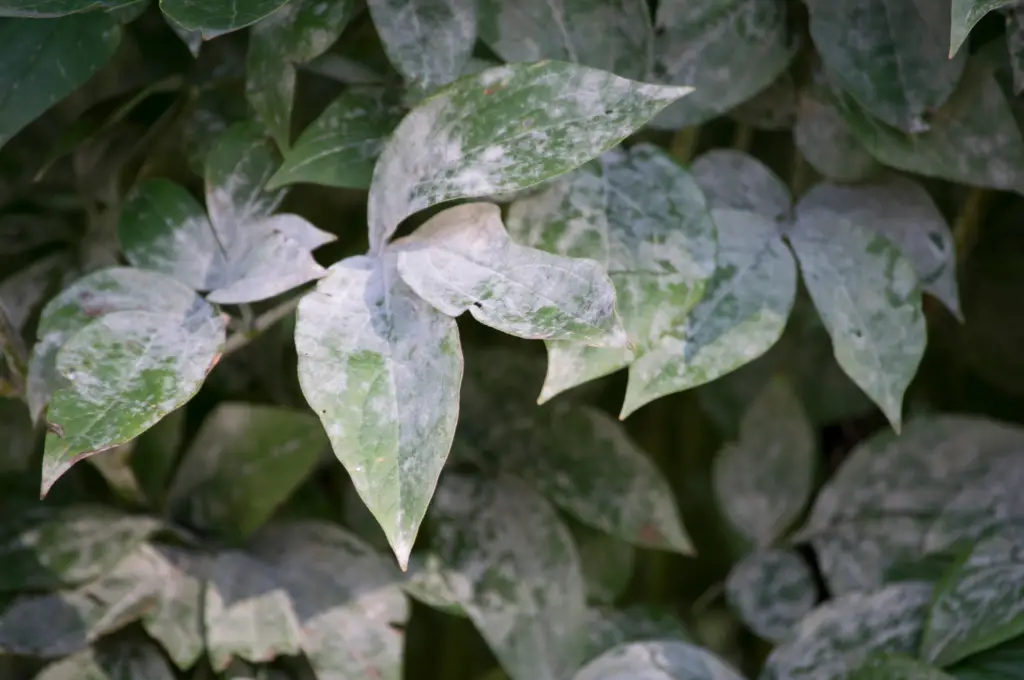
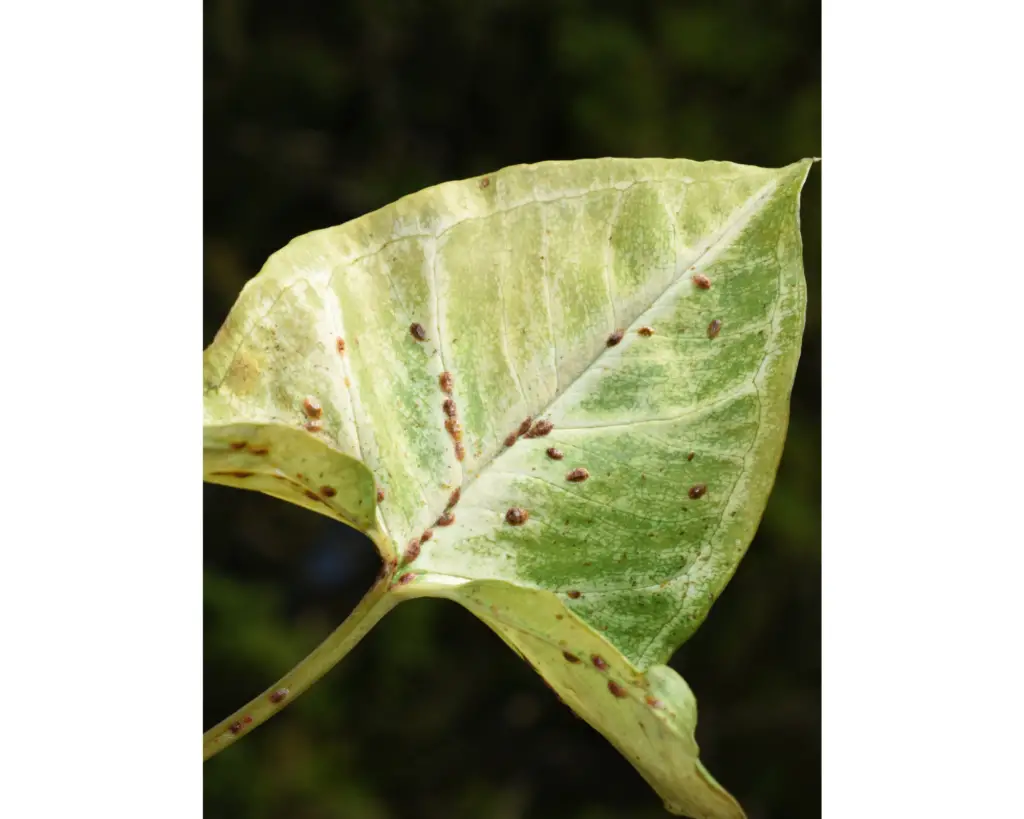
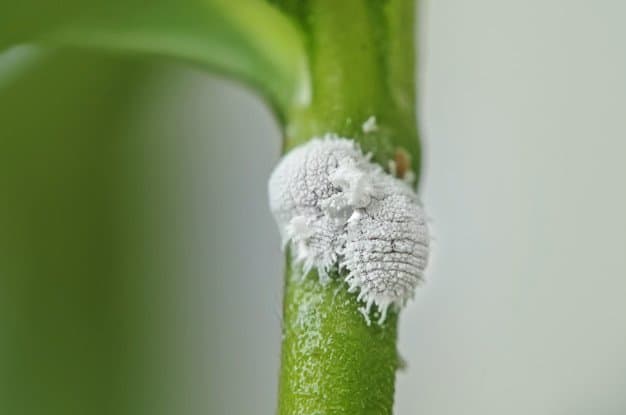
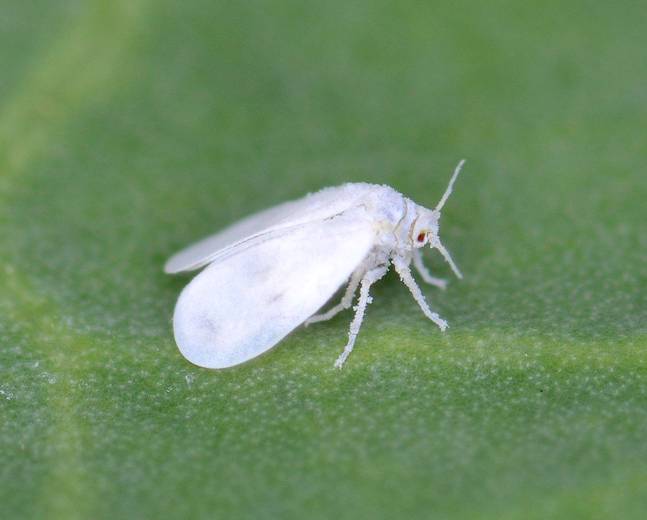
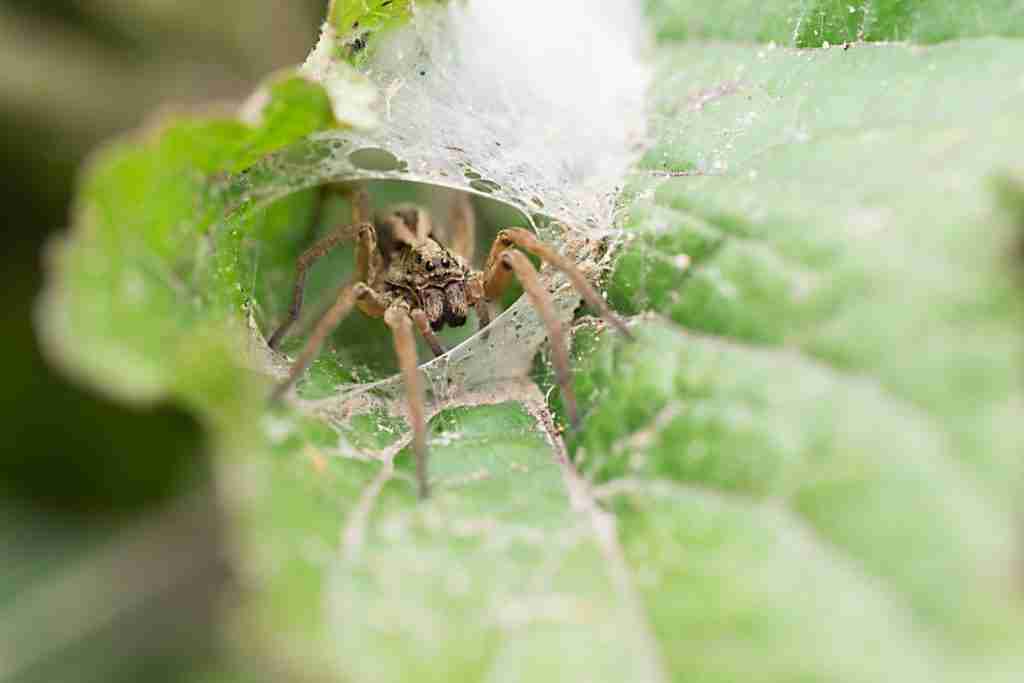
Conclusion
Mandevilla sanderi is a beautiful and easy-to-care-for houseplant that can add a touch of tropical beauty to any home. With its large, trumpet-shaped flowers and glossy green leaves, it’s no wonder why this plant is so popular among gardeners. By following the care tips outlined in this article, you can keep your Brazilian jasmine healthy and thriving for years to come. And if you do run into any problems with pests or diseases, don’t worry – with the right treatment, your plant can recover and continue to bloom beautifully.

